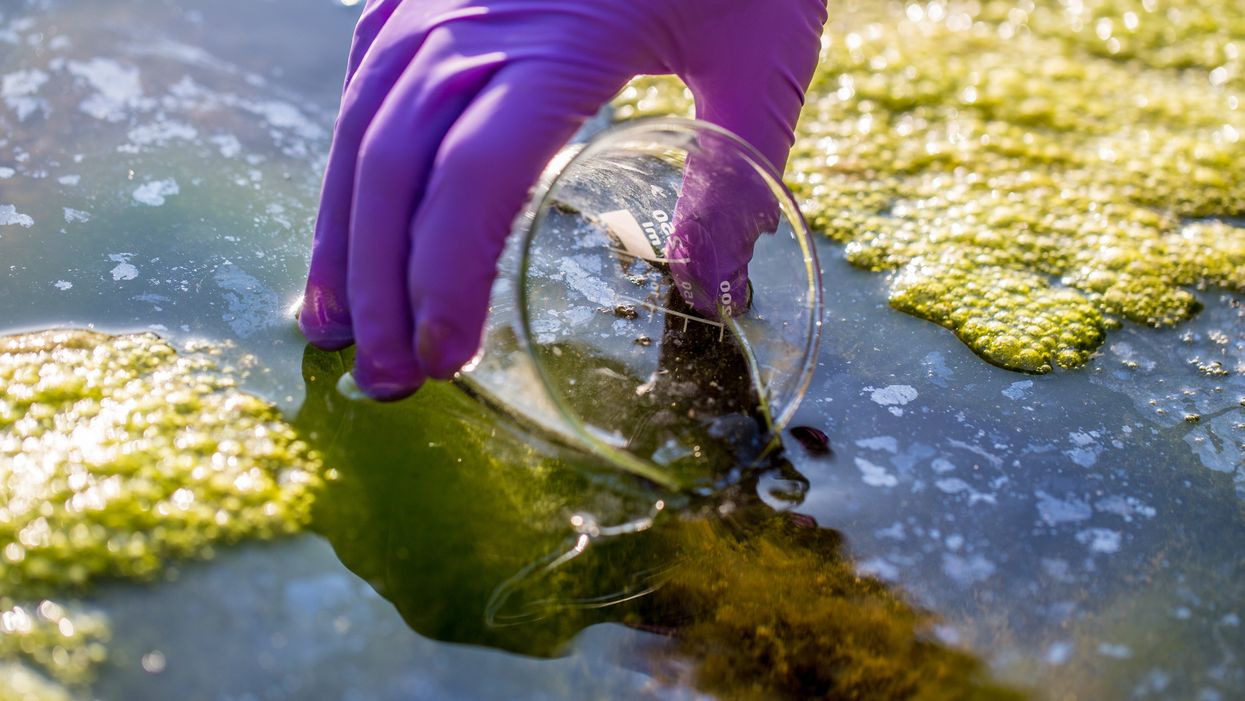Science & Tech
Danielle Sinay
Sep 22, 2021
Dangerous algal and bacterial blooms are becoming increasingly common in freshwaters river and lakes, potentially indicating an ecological disaster reminiscent of Earth’s “most severe mass extinction,” according to a troubling new study.
The mass extension in question is the End-Permian Extinction (EPE), otherwise known as the “Great Dying,” which resulted in the extinction of 95 percent of on the planet 251 million years go. Summarised by St. Andrews, it was the “period when life on Earth has never been so close to becoming extinct,” so finding parallels today isn’t exactly great news for the planet.
But that’s exactly what Chris Mays, a postdoctoral researcher and palaeobotanist at the Swedish Museum of Natural History in Stockholm, has discovered. Mays’ research, published in Nature Communications Journal, reveals that present-day algal and bacterials bloom bare striking similarities to those present during the Great Dying. What’s more, their presence is linked to deforestation, soil loss and global warming,” the study says, all of which are caused by humans.
“We are not there yet,” Mays told VICE, in reference to the dire conditions of the planet prior to the EPE. “There was probably a six-fold increase in carbon dioxide during the EPE, but today carbon dioxide levels haven’t yet doubled since pre-industrial times.”
Still, “with the present steep increase in carbon dioxide, we’re playing catch-up pretty well, and the chances of harmful microbial bloom events, along with many other deleterious facets of change (e.g., intense hurricanes, floods, wildfires), also rise...all the way up this steep carbon dioxide slope,” he warned.
Mays also reiterated that much of what creates these critical conditions are human-created. “The three main ingredients for this kind of toxic soup are accelerated greenhouse gas emissions, high temperatures, and abundant nutrients,” he explained. “During the EPE and other extreme warming events, volcanic eruptions provided the first two, while sudden deforestation caused the third. Specifically: when the trees were wiped out, the soils bled into the rivers and lakes, providing all the nutrients that the microbes would need.”
“Today, humans are providing all three of the ingredients in abundance,” he said. “Carbon dioxide and warming are the inevitable byproducts of burning fossil fuels for hundreds of years, and we’ve provided copious nutrients into our waterways, mostly from agriculture and logging. Together, this mix has led to a sharp increase in freshwater toxic blooms.”
But Mays ends on a positive note, asserting that humans at least have the ability to recognise historical patterns, and remedy our behaviour moving forward. “Unlike the species that suffered the mass extinctions of the past, we have the opportunity to prevent these toxic blooms by keeping our waterways clean and curbing our greenhouse gas emissions.”
Top 100
The Conversation (0)














